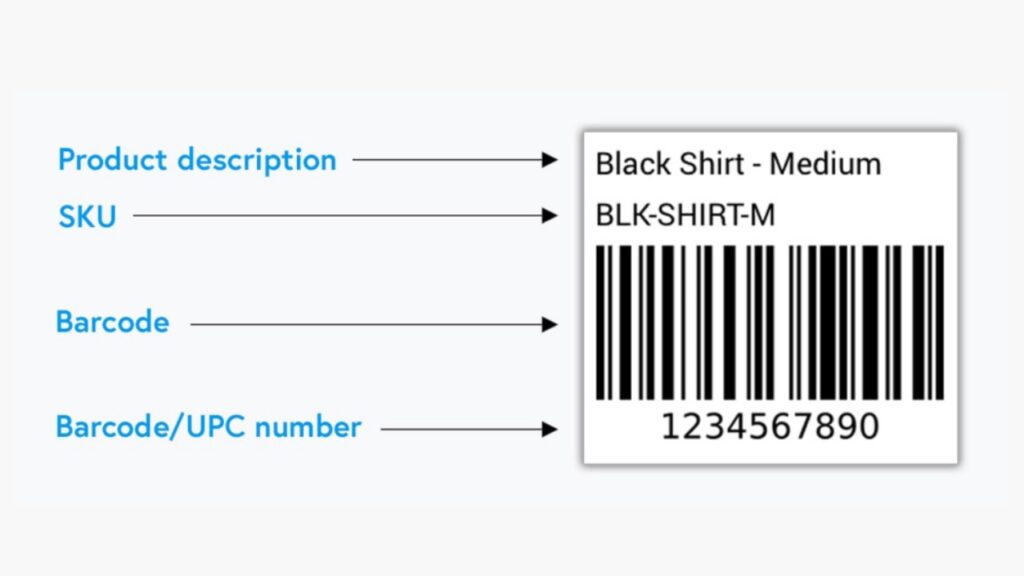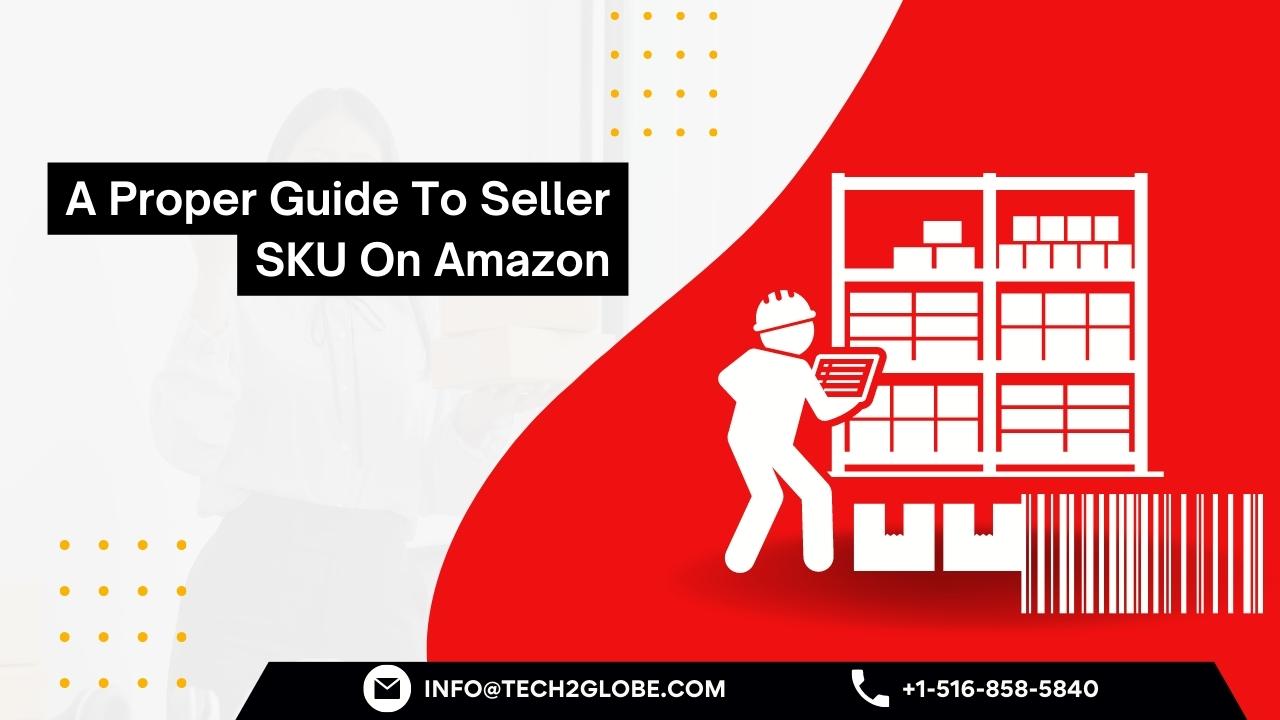Amazon Seller Central draws a lot of businesses because it is an excellent ecommerce and supply chain management system. But what essential data must you have before you start selling? We’ll talk about what a Seller SKU is, why it’s significant, and some other things you need to know in this blog post.
Describe A Seller SKU.

The stock-keeping unit, or SKU, of a product is represented by its alphanumeric code. This product ID, which is typically seen as a scannable barcode on retail goods, helps with inventory control. SKU specifically refers to a retailer’s Amazon product identifier. For each of their products and variations, Amazon provides you with an SKU. This is then organized in the region where key listings are located. These product identifiers supplied by the merchant link the items listed in the inventory file to the relevant product description pages in the catalog. SKUs can be found on the Seller Central page for the associated seller. Don’t worry; SKUs are kept secret from customers and other vendors and are not mentioned on any product pages.
What Makes SKUs So Important?
SKUs are crucial for selling on Amazon because they make it easier for you to quickly identify and represent your products. An SKU is a string of characters that may include a detailed description of your product. This string of IDs can be useful if you have a range of products in your inventory, each with distinct variations. It may be useful to use a product’s shortcode ID as its representation.
Is Amazon’s Seller SKU The Same As The MSKU?
Between MSKU and Seller SKU, there are a number of similarities. Both MSKU and SKU, which stand for Stock-Keeping Unit and Merchant Stock Keeping Unit, are used as unique identifiers for each product or service that may be purchased on Amazon. A valid, distinctive SKU tag must be attached to every item in a seller’s inventory since it facilitates organizing, filing, or tracking.
Does The Seller SKU For Amazon FBA Match The FNSKU?
The Fulfilment Network Stock Keeping Unit, or FNSKU, is a particular type of barcode that Amazon uses to identify products and associate them with particular merchants. Because each FNSKU is distinct, you won’t share one with another seller because the code will always be unique to you and the products you’re selling. Items are monitored using FNSKUs inside their internal fulfillment facilities. If you are handling all of your own order fulfillment (FBM), FNSKUs are not a problem. A printed and attached FNSKU label is required for every product that an FBA seller ships to Amazon. However, they are not equivalent to an SKU.
What Distinctions Exist Between ASIN And SKU?
The product’s ASIN, or Amazon Standard Identification Number, is used to locate it in Amazon’s enormous catalog. The “Additional Information” portion of every product page on Amazon has access to a string of numbers that were generated by Amazon and is also included in the URL. When researching Amazon products to see if they are eligible to list them, sellers consult ASINs. You can always get the exact match if you know a product’s ASIN by entering it. An ASIN differs from an SKU in that anybody can access it, it is used to identify individual products, and it is largely utilized by Amazon to help it browse through its sizable library. SKUs, on the other hand, are not visible to the general public and are only used to help merchants keep track of their inventory.
EAN vs. SKU: Are They Interchangeable Terms?
A common barcode called an EAN, or European Article Number, has a 12 or 13-digit product identification code that acts as an international identity. The EAN encodes information about the item’s producer, characteristics, and features. The label or container typically has an EAN printed on it. For the vast majority of products sold on Amazon’s European marketplaces, an EAN is typically used. Since an EAN has a unique international identity, it is different from an SKU, which is only a group of numbers and letters used to manage, track, and identify your inventory.
Five Methods To Control Your Special Seller Identifier
1. Source Identifier: This is a code that tells you who made or supplied the product and where it came from. For example, FN
2. Product Identifier: A label that sets apart various product categories, such as clothing or appliances. Consider VG when playing video games.
3. Date Identifier: A number indicating the day your products were delivered. For 3/20/2023, using 03202023 as an example
4. Product Condition Identification: This information lets you know whether the item is new or used, as well as what condition it is in. In this instance, NP denotes new, and UP denotes used.
5. Buy Cost Identifier: A code you provide to specify the selling price of the item.
Can You Modify Your SKU On Amazon?
An SKU, or unique product identification, must be included in each inventory file you send to Amazon. The products in your inventory are then linked to the appropriate product detail page in Amazon’s catalog using the SKUs in your inventory. Therefore, it is not possible to alter an existing SKU in order to keep the Amazon catalog from turning disorganized. This implies that each item in your inventory file needs its own distinctive SKU. Until you delete it, the SKU only exists in the catalog.
Conclusion
Tech2Globe2Globe has a team of Amazon Seller consulting experts who can guide you to the core of Amazon selling and everything related to it. Make sure to contact their team right away without any delay.










